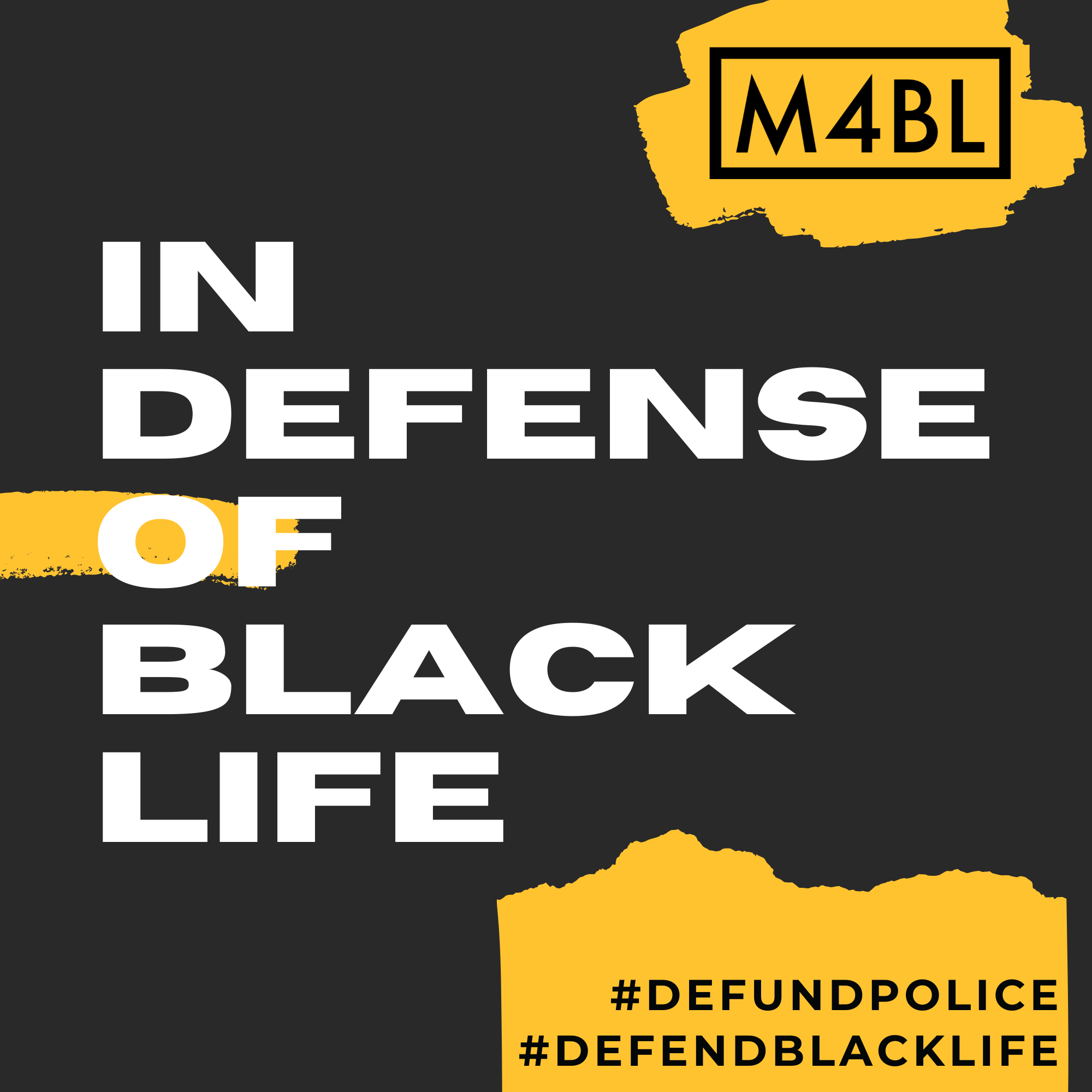July 2nd, 2014- today marks fifty years since the Civil Rights Act of 1964 was enacted. In honor of this history, I’d like to tip my hat towards those foundations who funded the civil rights movement that helped make this legislation possible, as part of RG’s Rich Role Models series and RG’s larger vision of fostering social change philanthropy.
While the vast majority of the country’s 12,000 foundations failed to work towards racial justice (the movement relied mostly on individual giving), the following 4 foundations were the strongest foundational supporters of the movement. Some funders severed ties with family and community in order to push for a more just world. Others successfully fostered community around their values.
The Stern Family Foundation
While this foundation was originally controlled by a segregationist, upon his death his more-progressive widow, Edith Stern, took over and began funding civil rights. In particular, the foundation supported the Voter Education Project, an effort to foment democracy by supporting Black political power.
The family also used their clout in New Orleans to argue that integration was in the city’s best economic interest, for which they were socially ostracised and threatened with violence.
The Taconic Foundation
Andrew Mellon’s granddaughter, Audrey Bruce, and her husband, Stephen Currier, used their inheritances to create this large foundation. Aubrey’s conservative parents were disappointed that she was using the money to fund civil rights.
The Taconic Foundation was the biggest philanthropic partner to the Voter Education Project, and gave the Legal Defence and Educational Fund (LDF) one of its largest donation in 1961: $75,000 over three years.
The most important action of the Foundation was probably how Stephen created community around Civil Rights funding. He coordinated other foundations to donate to the Voter Education Project and organized weekly fundraising meals, bringing in many wealthy donors who would not have otherwise been involved in civil rights.
The New World Foundation
The elderly heiress Anita McCormick Blaine founded the NWF- and died that same year, before any grants were given out.
Still, her philosophy lived on under the leadership of her granddaughter, as Anita was passionate about fighting against societal injustices.
The NWF funded the LDF’s litigation and internship program, which helped launch the legal careers of a number of important civil rights lawyers. They also funded the Southern Regional Commission (SRC), a multiracial institution that documented the injustices of Jim Crowe and provided leadership training for activists.
Field Foundation
Founded by the grandson of the Marshall Field & Company department store, Marshall Field III, this foundation was one of the few to fund civil rights litigation in the 1950s. Like the New World Foundation, they funded the LDF’s litigation. When LDF was litigating the Brown vs. Board of Education case, it was particularly broke, and the Field Foundation came through with $15,000, while Marshall gave $50,000 of his own money.
When Marshall died, his widow, Ruth increased the focus on civil rights, especially developing leadership. They funded the famous Highlander Folk School in Tennessee, where leaders like Rosa Parks and John Lewis received training. They also supported the Citizen Education Project, which spread literacy so that African Americans could vote under Jim Crow laws and participated in leadership training in nonviolent organizing. A leader in this project, Andrew Young, later recalled how the program “trained more than 6000 people” who “became the heroes of the civil rights movement.” The Field Foundation invested more than $140,000 in the program per year in the 1960s.
Many thanks to the National Committee for Responsive Philanthropy for compiling this information in their report Freedom Funders: Philanthropy and the Civil Rights Movement, 1955-1965. May philanthropy continue to work for a just world.



THANK YOU. I AM ENCOURAGED. I AM A NATIVE AMERICAN INDIAN FROM MASSACHUSETTS.
I AM FINISHING MY BUSINESS PLAN TO START A NON-PROFIT ORGANIZATION TO ADDRESS ISSUES THAT NEGATIVELY IMPACT THE CENTRAL MASSACHUSETTS INDIGENOUS EASTERN WOODLAND PEOPLE – “NIPMUCK” AND THE AFRICAN AMERICAN COMMUNITIES. WE ARE EXPERIENCING EXTREME RACISM.
“NIPMUCK” MEANS “FRESH WATER PEOPLES”
THE ORGANIZATION IS named
“LIVING WATERS SOCIETY”
I CANNOT THAN YOU ENOUGH
GOD BLESS!
p.s.
no political association with the Nipmuc Nation of Massachusetts